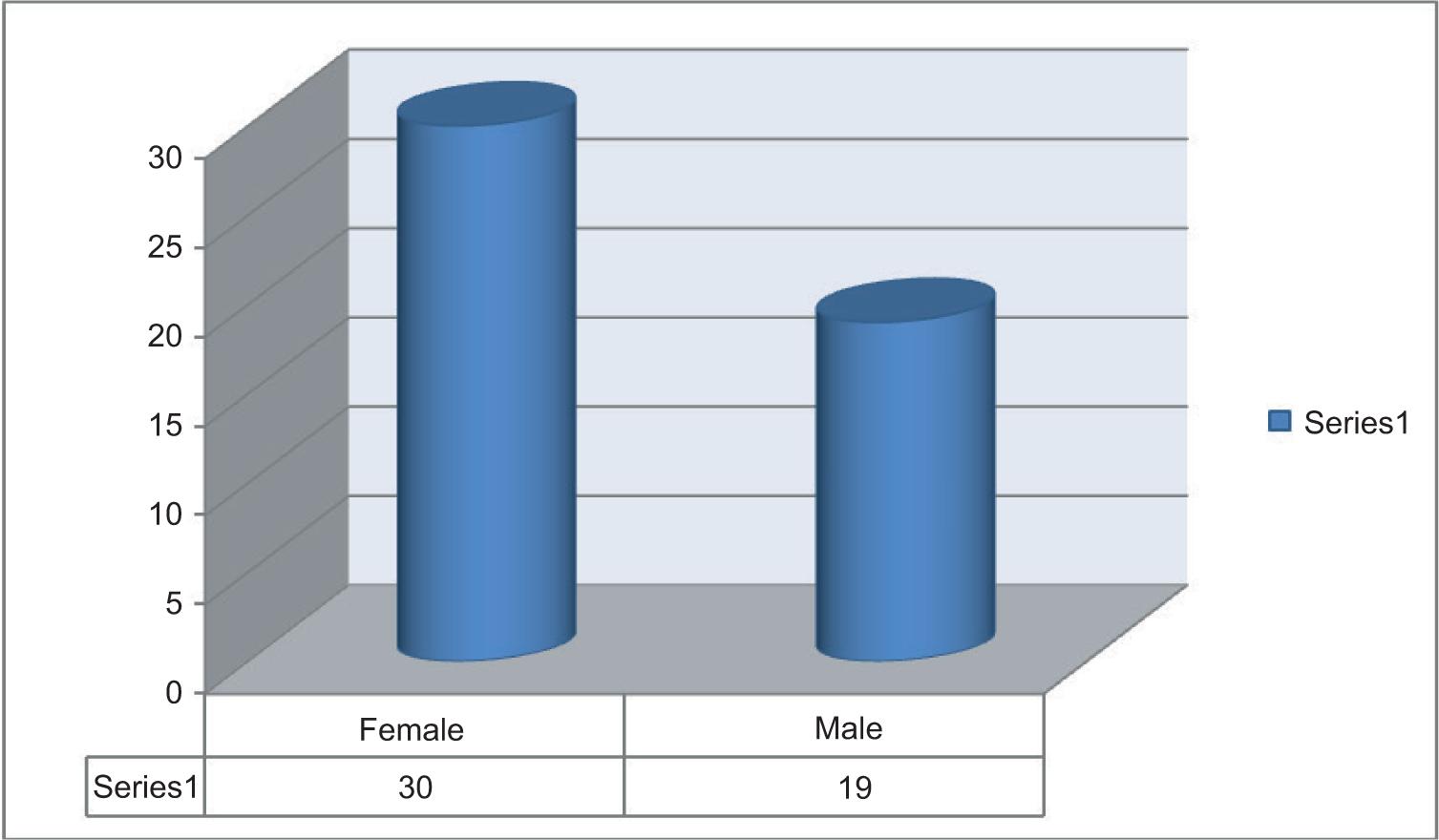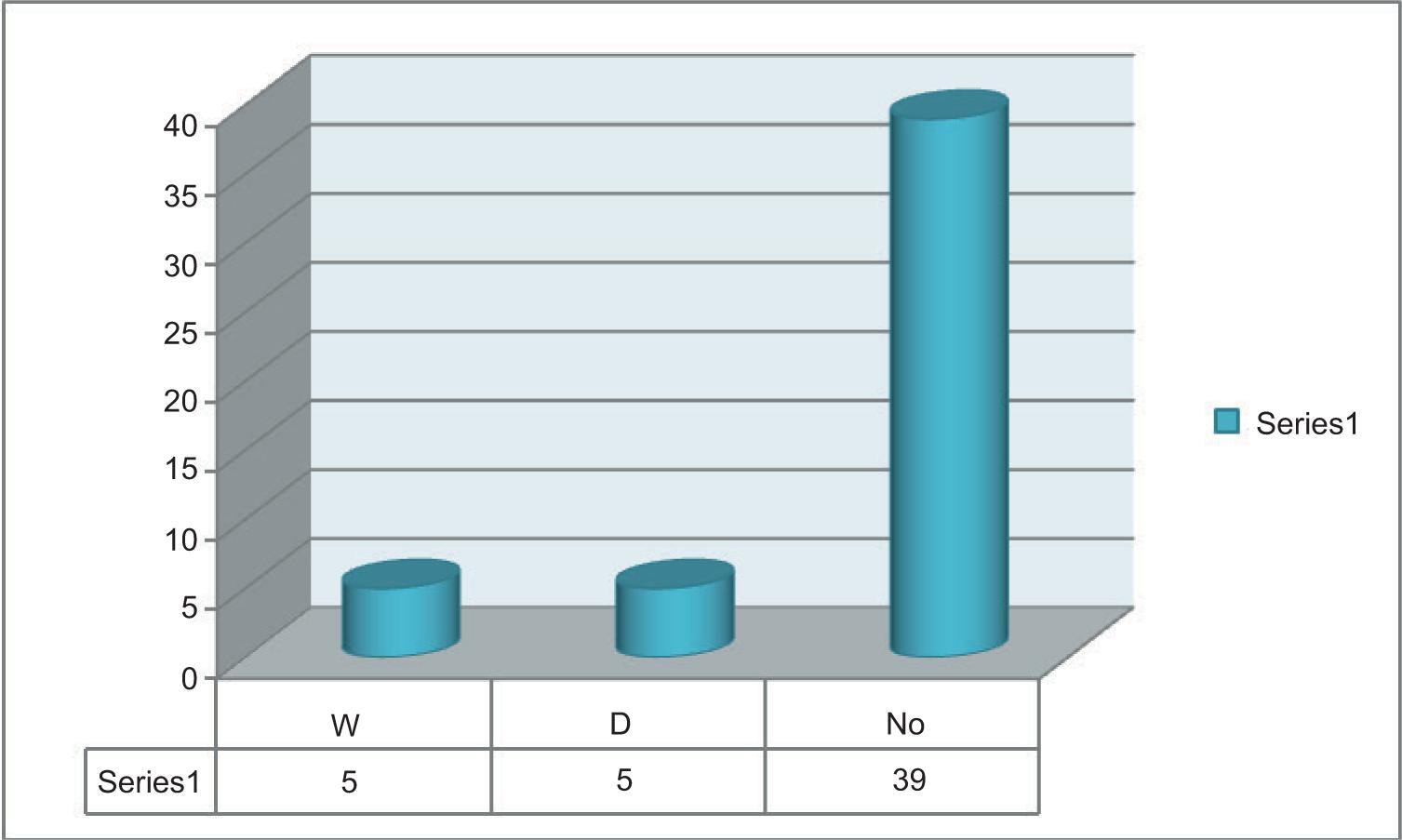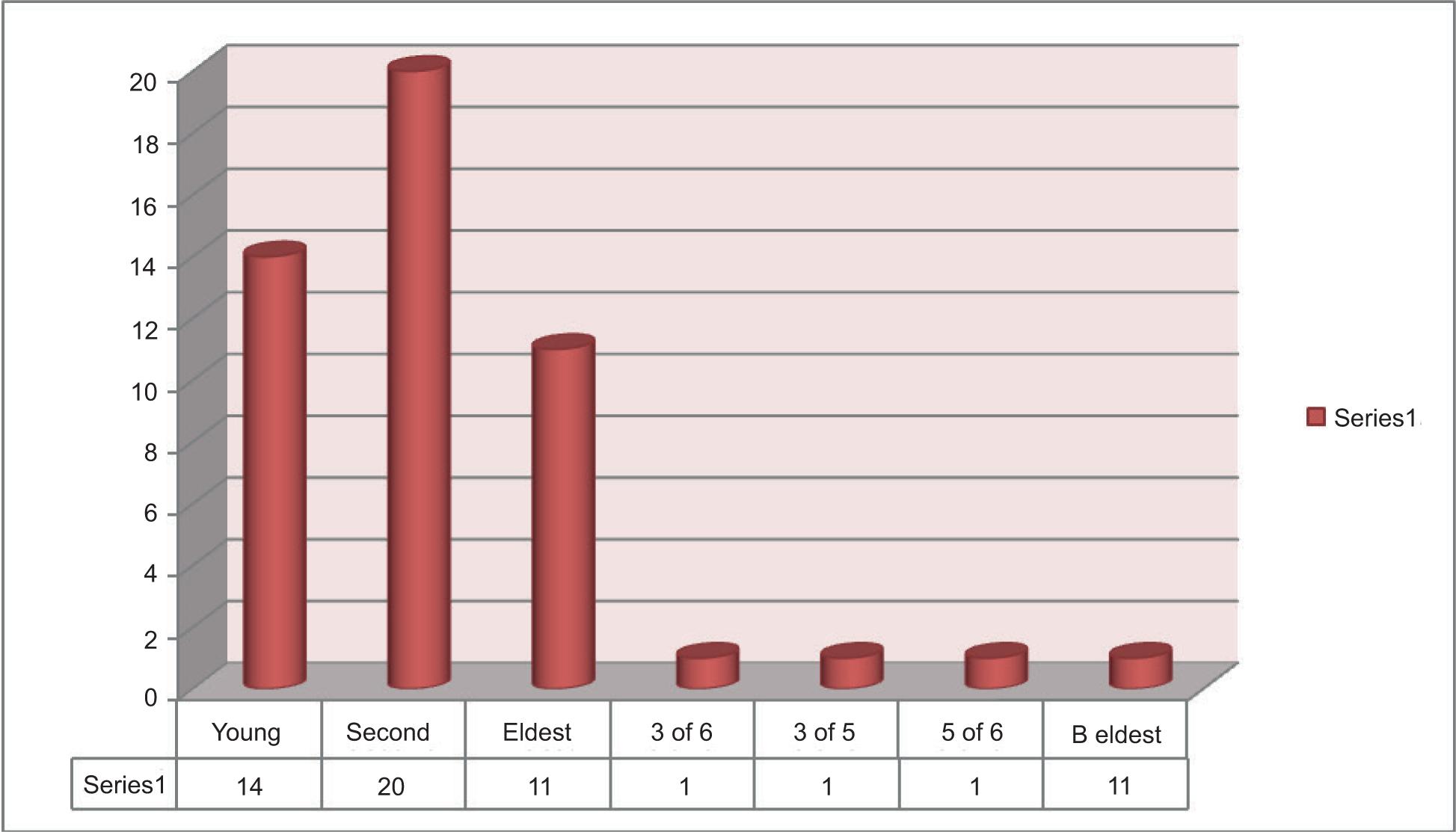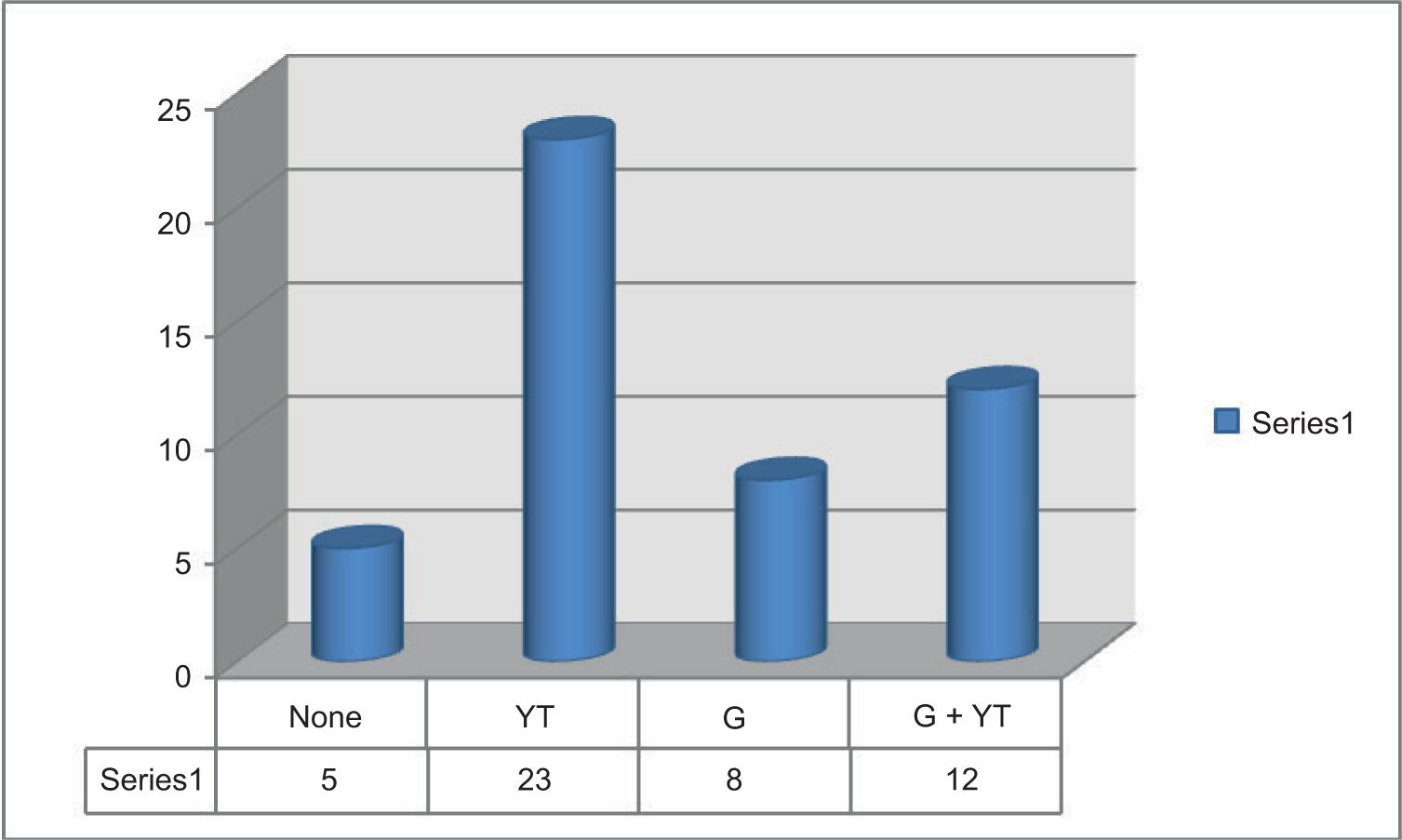INTRODUCTION
Vitiligo is a well-known progressive chronic disease that causes depigmentation of skin. It is an autoimmune skin disease that manifests as white macules and patches of hair, and skin on any part of the body. It can be diagnosed based on clinical criteria and then confirmed using Wood’s lamp and if required through skin biopsy to detect the level of melanocytes (pigment cells); different types of vitiligo were classified upon distribution and severity.1–3
In 2020, Bergqvist and Ezzedine4 describe vitiligo as a disorder in the pigment of the skin that causes dilution in the color of the pigment of the skin. They related vitiligo to either environmental or genetic reasons or both, and the disease occurs in 1% to 1.25% of the population of the world;5 however, vitiligo can attack anyone no matter of age, gender, or residence.6
In general, vitiligo starts as a very small and few white macules and patches that could spread in a period of time to all over the body,7 usually, it may start on the face, feet, elbows or hands, knees, area around eyes and neck, but it may develop and reach mucous membranes such as rectal areas, genital, nose, mouth, and inner ears.8 There are many types of vitiligo and were classified by the researchers according to their severity, distribution, and the age (like children or adults). Among these types are9:
-
General (Generalized), is a well-known type, where the white spots (macules and patches) show and appear in different areas of the body.
-
Trichome, the changing in the color of the skin graduating from white center and darkens until reaching the normal skin color.
-
Segmental, in this type of vitiligo, the affected area is concentrated in one dermatome of the body.
-
Mucosal which affects any the mucous membranes such as genitals or mouth.
The above four types are the most common among Iraqi children, however, there are other two types of vitiligo; focal (which affects certain areas and doesn’t spread) and universal (which affects around 80% of the whole body skin).10,11
The current research was designed and carried out to study the correlation between smart devices such as games, YouTube and developing of vitiligo among children in Nassiriah City, Iraq.
MATERIALS AND METHODS
The current study was carried out on 49 children who suffer from vitiligo in Nassiriah City, Iraq. The children were diagnosed with vitiligo by two specialists (dermatologists) and then confirmed by using Wood’s lamp. The ages of the children were from 5 to 13 years, the study was designed to investigate the relationship between vitiligo and many variables factors such as:
-
The study investigated the time spent on smart devices (games and/or YouTube) installed in cell phones, tabs, and pads and their association with vitiligo.
-
The study also investigates if the order of the child in the family is correlated to vitiligo.
-
The study investigates if the marital status of parents (divorced, widowed, or not) is associated with developing vitiligo.
-
The study investigates the correlation between the performance of the children in their school and the development of vitiligo.
This research was done during the period from February 1, 2019 to May 1, 2021 in the outpatient dermatology clinic of Al-Hussain teaching hospital in Nassiriah City, Iraq.
RESULTS
All the variable factors for the children with vitiligo were combined and analyzed. Table 1 shows all the related factors that may increase the risks of vitiligo.
TABLE 1. Factors that may increase the risk of vitiligo disease.
| No. | Performance in school (Hx of failure or high achiever) | Order in the family | Status of the mother | Play game and Game name | Hours spent on electronic devices/day | Gender |
|---|---|---|---|---|---|---|
| 1 | No failure, high achiever | The Youngest | Widowed | Play games | 1 hr. | M |
| 2 | No failure, not a high achiever | The Youngest | No | YouTube | 12–15 hrs. | F |
| 3 | No failure, not a high achiever | The 2nd | No | No | No | F |
| 4 | Preschool | The youngest | No | YouTube | 2 hrs. | F |
| 5 | No failure, not a high achiever | The 2nd | No | Games | 2 hrs. | M |
| 6 | Hx failure | The eldest | Divorced | YouTube | 4 hrs. | F |
| 7 | No failure, not a high achiever | The youngest | No | Games and YouTube | 6 hrs. | M |
| 8 | Preschool | The eldest | No | YouTube | 6 hrs. | F |
| 9 | No failure, high achiever | The 2nd | No | YouTube | 5 hrs. | F |
| 10 | No failure, not a high achiever | The 2nd | No | Games and YouTube | 6 hrs. | M |
| 11 | No failure, high achiever | The 2nd | No | No | No | F |
| 12 | No failure, high achiever | The eldest | Widowed | YouTube | 10 hrs. | F |
| 13 | No failure, high achiever | The 2nd | No | Games | 6 hrs. | M |
| 14 | No failure, high achiever | The youngest | No | YouTube | 3 hrs. | F |
| 15 | Hx of failure | The youngest | No | Games and YouTube | 10 hrs. | M |
| 16 | No failure, not a highachiever | The youngest | No | YouTube | 7 hrs. | F |
| 17 | No failure, high achiever | 5th out of 6 | No | YouTube | 2 hrs. | M |
| 18 | No failure, high achiever | The eldest | Divorced | Games and YouTube | 4 hrs. | F |
| 19 | No failure, high achiever | The 2nd | No | YouTube | 2 hrs. | F |
| 20 | Preschool | The youngest | Widowed | YouTube | 5 hrs. | F |
| 21 | No failure, not a high achiever | The 2nd | Divorced | Games | 6 hrs. | M |
| 22 | No failure, not a high achiever | The eldest | No | Games and YouTube | 3 hrs. | F |
| 23 | No failure, high achiever | The 3rd out of 5 | No | Games and YouTube | 6 hrs. | M |
| 24 | No failure, not a high achiever | The 2nd | No | Games and YouTube | 5 hrs. | M |
| 25 | No failure, high achiever | The eldest | No | YouTube | 4 hrs. | F |
| 26 | No failure, high achiever | The 2nd | Divorced | YouTube | 2 hrs. | F |
| 27 | No failure, not a high achiever | The 2nd | No | Games and YouTube | 7 hrs. | F |
| 28 | A history of failure | The youngest | No | Games | 2 hrs. | M |
| 29 | No failure, not a high achiever | The eldest | No | YouTube | 7 hrs. | F |
| 30 | A history of failure | Before the eldest | No | Games | 9 hrs. | M |
| 31 | No failure, not a high achiever | The youngest | Widowed | No | No | F |
| 32 | No failure, high achiever | The youngest | No | YouTube | 5 hrs. | M |
| 33 | A history of failure | The 2nd | No | Games and YouTube | 2 hrs. | F |
| 34 | No failure, not a high achiever | The 2nd | No | YouTube | 3 hr. | F |
| 35 | Preschool | The eldest | Divorced | YouTube | 4 hrs. | F |
| 36 | No failure, not a high achiever | The 2nd | No | Games | 1 hr. | M |
| 37 | Hx of failure | The 3rd out of 6 | No | Games and YouTube | 6 hrs. | F |
| 38 | No failure, not a high achiever | The 2nd | No | Games | 6 hrs. | M |
| 39 | No failure, high achiever | The youngest | No | YouTube | 3 hrs. | F |
| 40 | No failure, high achiever | The youngest | No | None | None | F |
| 41 | Hx of failure | The 2nd | No | Games and YouTube | 6 hrs. | M |
| 42 | No failure, high achiever | The eldest | No | YouTube | 1 hr. | M |
| 43 | No failure, not a high achiever | The 2nd | Widowed | YouTube | 7 hrs. | F |
| 44 | No failure, high achiever | The 2nd | No | YouTube | 4 hrs. | F |
| 45 | No failure, high achiever | The eldest | No | None | None | F |
| 46 | No failure, not a high achiever | The youngest | No | Games and YouTube | 8 hrs. | M |
| 47 | No failure, high achiever | The 2nd | No | Games | 1 hr. | M |
| 48 | No failure, not a high achiever | The 2nd | No | YouTube | 6 hrs. | F |
| 49 | No failure, not a high achiever | The eldest | No | YouTube | 2 hrs. | F |
As shown in Table 1, there are many variables that has been studied and analyzed accurately. Five figures were obtained from this table by which data can be classified and analyzed.
DISCUSSION
Figure 1 shows that the percentage of cases in female children is much higher than in male children representing 61.22% and 38.73%, respectively; these findings match with the findings of Moss et al.12
FIGURE 1. Percent of females and males.

Figure 2 shows that the NN cases are equal to NH cases (38.77% to each one) which indicates that most of the affected children have not failed in their classes and the psychological trauma of failure has no impact on having vitiligo. Besides, the figure shows that the children with high achiever personality constitute a small percentage of children in the study (38.77%) which point out that those who are high achievers are not at increased risk to develop vitiligo. This may show that vitiligo could be related to genetic and/or other environmental factors as it was explained by Ahmed and Masood.13
FIGURE 2. School performance in diseased children. NN: No failure, not a high achiever; NH: No failure, high achiever; Pre: Preschool; Hx Failure: Hx of failure and H Failure: A history of failure.

In Figure 3, the status of the parents of the most diseased children are not divorced nor widowed, they are children who live with their parents (mother and father), the percentage of those children is more than 79.5% of the whole diseased children which indicates that the marital status of parents has no role in developing vitiligo;14 however, in the south of Iraq, most of the parents are not divorced due to the shame that the divorce will bring to the family, so this may explain the unhealthy environment that surrounds the affected child.
FIGURE 3. Marital status of the parents of the diseased children. W: Widowed; D: Divorced; and No: not W and not D.

Most of the diseased children (Figure 4) are the 2nd in order (20 out of 49, 40.8%) which indicates that the second child may suffer from the pressure of his eldest sibling which may be reflected as stress that may cause medical problems such as vitiligo. Another explanation is that the secondly ordered child might be under the stress of jealousy from his/her younger sibling who might get all attention and care from the parents and this finding matches with the findings of Ablett and Thompson,14 Gianfaldoni et al.,6 and Erdoğan et al.15
FIGURE 4. Order of the diseased children in their families.

Figure 5 shows that the number of diseased children who used YouTube are 23, while those who play only games are 8 and those who used YouTube and games are 12 children; their percentages are 46.94%, 19.33%, and 24.49%, respectively. This result indicates that children who used YouTube are at higher risk for developing vitiligo than those who used YouTube and games while those who used only games are less than both. This finding indicates that YouTube has a more stressful effect on children than games. Those who did not use smart devices are only five (10.2%), which shows that children who are not using smart devices are at a lower risk for developing vitiligo.
FIGURE 5. Type of smart services used by diseased children.

Generally, most of the recent studies carried out on children affected with vitiligo focused on the psychological aspect, among these studies are Ezzedine and Silverberg,16 Gianfaldoni et al.,6 and Mohammed and Qasim,17 all these studies concentrate on how the psychological status of the children such as stress, depression, anxiety, as well as social environment plays an important role in children lives and increase the risk for developing vitiligo.18–20
CONCLUSIONS
This study is a novel research work in Iraq, the study investigates the correlation between smart devices and other stressful variables, and vitiligo in Iraqi children and came up with the following:
-
Most of the diseased children are females.
-
Most of the diseased children have not failed, nor achieved high; NH = No failure, high achiever (more than 77.5%).
-
Most of the diseased children live with their parents (father and mother).
-
Most of the diseased children are 2nd in order in their families (40.8%).
-
Most of the diseased children are those who used YouTube.
-
The psychological status of the children plays an important role in vitiligo.